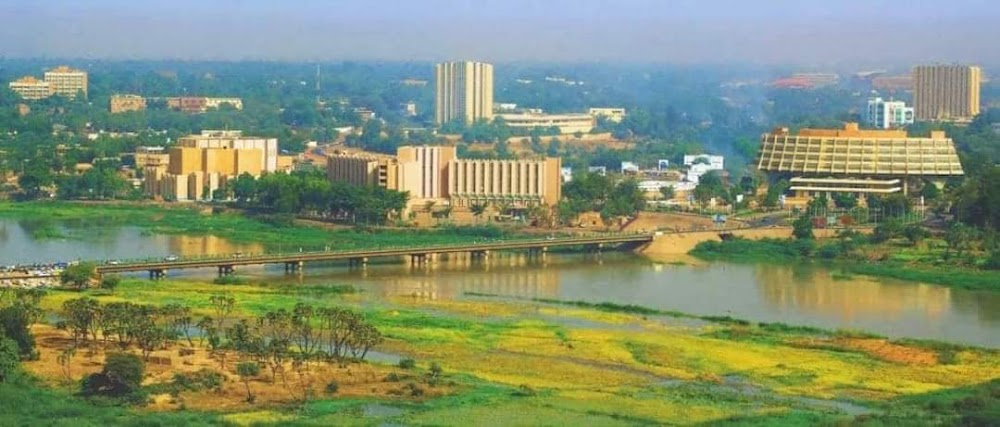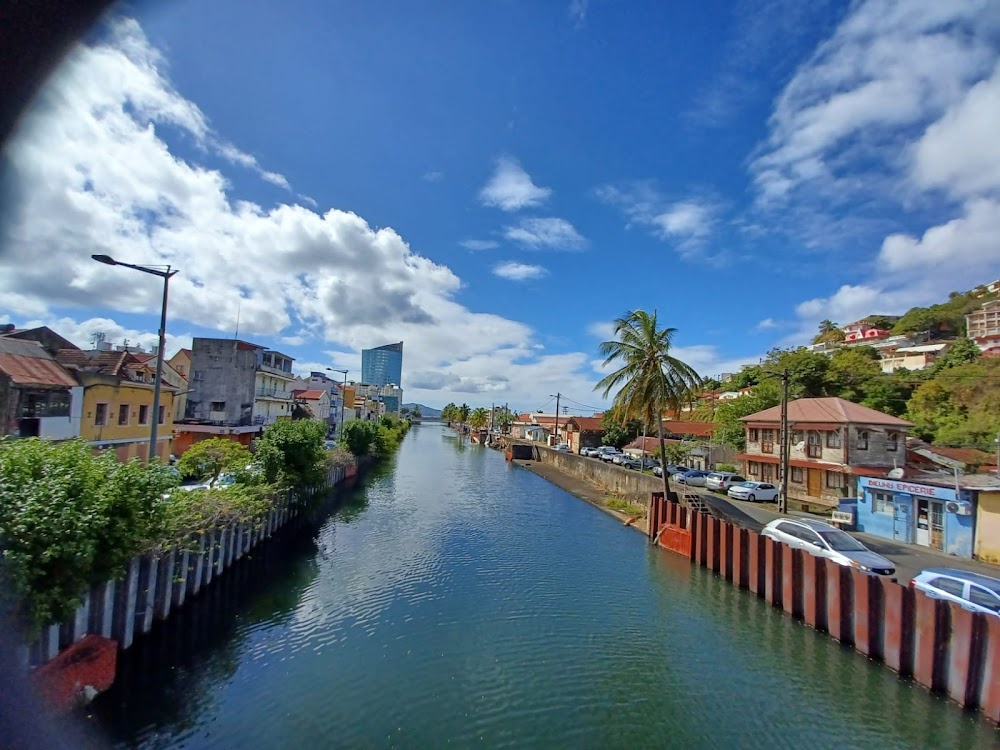Fanon hier, aujourd'hui Filming Locations

Where was Fanon hier, aujourd'hui filmed? Fanon hier, aujourd'hui was filmed in 7 locations across Algeria, Niger, France, Portugal, South Africa, Martinique and United States in the following places:
Fanon hier, aujourd'hui Filming Locations
Algiers is the capital city of Algeria, on the country’s Mediterranean coast. It’s known for the whitewashed buildings of the Kasbah, a medina with steep winding streets, Ottoman palaces and a ruined citadel. The 17th-century Ketchaoua Mosque is flanked by 2 large minarets. The Great Mosque has marble columns and arches. The clifftop Catholic basilica of Notre-Dame d'Afrique features a large silver dome and mosaics.
Niamey is the capital and largest city of Niger. Niamey lies on the Niger River, primarily situated on the east bank. Niamey's population was counted as 1,026,848 as of the 2012 census.
Paris, France's capital, is a major European city and a global center for art, fashion, gastronomy and culture. Its 19th-century cityscape is crisscrossed by wide boulevards and the River Seine. Beyond such landmarks as the Eiffel Tower and the 12th-century, Gothic Notre-Dame cathedral, the city is known for its cafe culture and designer boutiques along the Rue du Faubourg Saint-Honoré.
Lisbon is Portugal’s hilly, coastal capital city. From imposing São Jorge Castle, the view encompasses the old city’s pastel-colored buildings, Tagus Estuary and Ponte 25 de Abril suspension bridge. Nearby, the National Azulejo Museum displays 5 centuries of decorative ceramic tiles. Just outside Lisbon is a string of Atlantic beaches, from Cascais to Estoril.
Cape Town is a port city on South Africa’s southwest coast, on a peninsula beneath the imposing Table Mountain. Slowly rotating cable cars climb to the mountain’s flat top, from which there are sweeping views of the city, the busy harbor and boats heading for Robben Island, the notorious prison that once held Nelson Mandela, which is now a living museum.
Fort-de-France is the capital of the Caribbean island of Martinique, a French overseas territory. It’s known for colonial architecture, ornate iron balconies, tropical flowers and beaches. La Savane park has a statue of Napoleon I’s wife Joséphine, a native of the island. Exhibits at the Martinique Museum of Archaeology and Prehistory focus on the island’s history, especially the pre-Columbian period. .
New York City comprises 5 boroughs sitting where the Hudson River meets the Atlantic Ocean. At its core is Manhattan, a densely populated borough that’s among the world’s major commercial, financial and cultural centers. Its iconic sites include skyscrapers such as the Empire State Building and sprawling Central Park. Broadway theater is staged in neon-lit Times Square.
Fanon hier, aujourd'hui (2019)
Who was Franz Fanon and what is his legacy today? Of yesterday and today, documentary maker Hassane Mezine gives voice to men and women who knew and shared with the flint warrior, according to Aimé Césaire's beautiful formula, privileged moments during the struggle but also in a family and friendly context. Fanon died in December 1961 but his reflection irrigated numerous revolutionary fields throughout the world. What view of this thinker and action man, have those who continue the fight today on different fronts against injustice and arbitrariness. The Director takes the viewer on a journey, from the homeland to the hubs of political and social struggles passing through the land where he rests. North and South of the world, activists talk of their struggle and reflect on their rapports with Frantz Fanon. The transmission is thus established between the historical dimension and the diverse contemporary spaces swept by the Fanonian breath. 2021, sixtieth anniversary of the death of frantz fanon 2021, sixtieth anniversary of the release of « the wretched of the earth » A pivotal year of many crises, 2021 is the sixtieth anniversary of Frantz Fanon's passing and of the publication of The Wretched of the Earth, his final work. Much more than a political testament, this ultimate book remains one of the fundamental works for the emancipation of the peoples of the South. The conditions prevailing in the early 1960s have certainly changed. But the contradictions between exploiting North and dominated South remain the norm of international relations; as unambiguously demonstrated by the situations in Africa and in Latin America. Liberal globalization and the use of a work force from the South have transposed, in new ways, into Europe and North America, the conflicts inherited from colonialism. Racism and xenophobia, islamophobia and negrophobia disfigure the wealthy societies of the North, eaten away by social injustice, the misery of many facing the boundless enrichment of predatory elites. Liberation, according to Fanon, occurs through the struggle against all forms of alienation, whether political or psychological. Colonialism and its new forms are the vectors of psychic suffering which is an integral part of the apparatus of imperialist domination. Fanon's diagnostic of these psychopathological dimensions as well as of the nature of politico-economic and cultural antagonisms has not lost its validity and its relevance, far from it. Contrary to what his detractors have hoped, the sharp gaze of the flint-Warrior, as Césaire called him, enlightens the debate on an unfinished process of decolonization.


